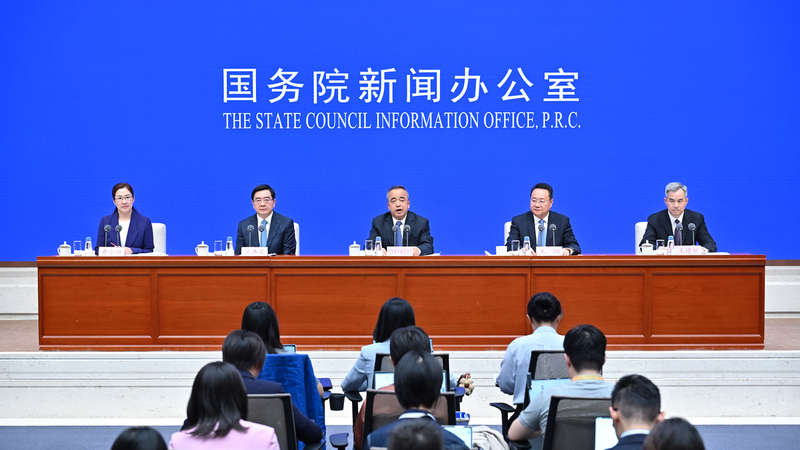How does China tackle terrorism? A new white paper titled \"China's Legal Framework and Measures for Counter-terrorism\" sheds light on the country’s decade-long efforts, blending law-based strategies and global collaboration. Here’s the breakdown. 🕵️♂️
Key Highlights from the White Paper
China emphasizes law-based counter-terrorism, aligning with international treaties while updating criminal laws to address evolving threats. The paper highlights prevention, education, and de-radicalization programs as pillars of its approach. 📜
Decade of Action: What’s Changed?
Over the past 10 years, China has prioritized transparency and cooperation, working with global partners to share intelligence and strategies. Experts like Andy Mok, a senior researcher at the Center for China and Globalization, note that integrating technological advancements (like AI surveillance) has boosted efficiency without compromising human rights standards.
Xinjiang’s Transformation
The Xinjiang Uygur Autonomous Region, once a hotspot for extremist activities, is now cited as a success story. Da Lu, a human rights scholar, credits vocational training centers and community-based initiatives for reducing radicalization. \"Education and economic upliftment have been game-changers,\" he explains.
Behind the Progress
Victor Gao Zhikai, a professor at Soochow University, stresses the role of cultural respect and poverty alleviation. \"Addressing root causes—not just symptoms—is key,\" he says. The white paper also underscores balancing security with citizens’ rights, a point echoed by global counter-terror experts.
From legal reforms to grassroots efforts, China’s strategy offers a blueprint for tackling terrorism holistically. 💡
Reference(s):
cgtn.com








